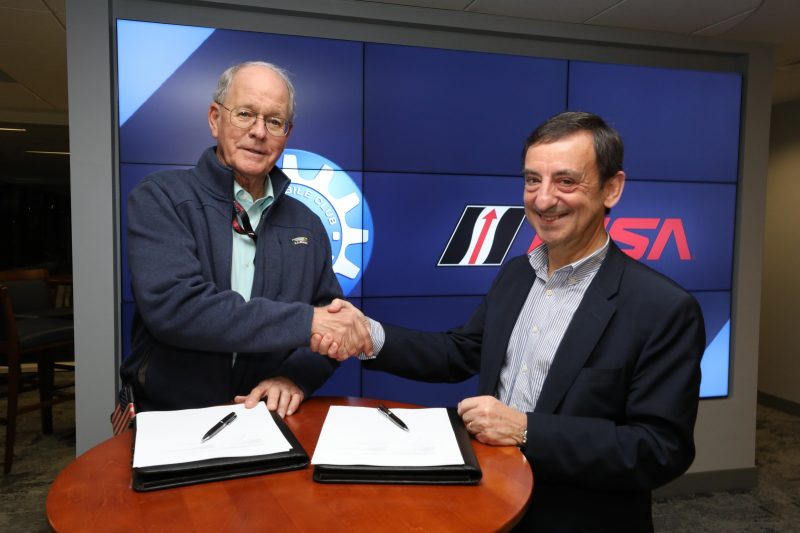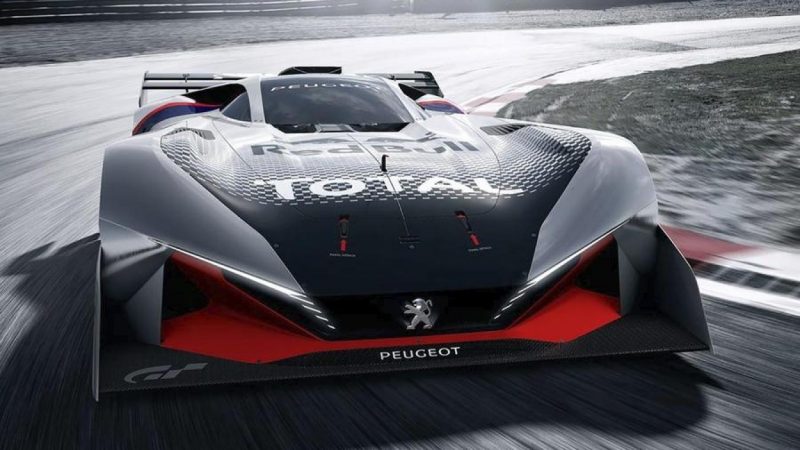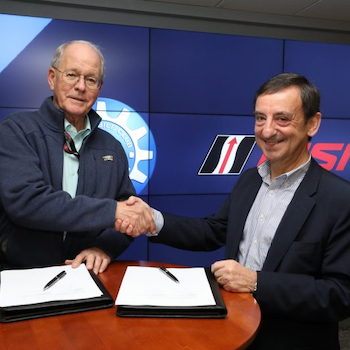
The eyes of the sportscar racing world are normally on central Florida in late January. The Daytona 24 Hours is the traditional curtain-raiser for the US sportscar season and the IMSA WeatherTech Sportscar Championship’s only 24-hour race of the season.
However, at the 2020 running of the Floridian endurance classic, the racing was almost secondary. The guardians of the sport in the US, IMSA, and the organisers of the WEC reached an agreement on the future convergence of each series’ top classes, sending shockwaves around the sportscar world.
LMDh: the new global prototype class
The result of the prototype convergence is LMDh, which marks the creation of a new “global” prototype category that will be eligible for the IMSA WeatherTech Sportscar Championship and the FIA WEC from 2022 (or 2021/2022 in the case of the latter).
The LMDh class is an evolution of the DPi category, which currently makes up the top class in the IMSA series. Much like DPi and the current LMP2 formula, there will be four chassis constructors who will build cars for manufacturers to purchase.
Unlike LMP2, where all engines are the standard V8s built and provided by Gibson, manufacturers will be free to build and integrate their own power units into the LMDh cars. What’s more, the manufacturers will also be able to add extensive styling cues to the bodywork and general car shape, enabling much greater brand identity.
Hybrid units will be mandatory, and according to the latest planning standardised across the class, much like engines in LMP2. Details of the rest of the class are sketchy, with further information promised at the Super Sebring weekend in mid-March.
What about Le Mans Hypercar?
For many, the new direction is a surprising and very welcome arrangement between the rulemakers on either side of the Atlantic. However, it runs opposed to the WEC’s own Le Mans Hypercar class, which was announced in 2018 to great fanfare.
The opposing philosophies of LMH and LMDh, with development much less limited in the former compared to the latter, is set to be equalised using a balance of performance system. However, with LMDh set to cost a fraction of what an LMH car would take to develop, there are huge question marks over how many LMHs we will see on the grid at all.
So far, LMH has attracted limited manufacturer commitment, with only Toyota, Glickenhaus and ByKolles confirming involvement moving forward. Aston Martin’s recent cancellation of their plans to run the Valkyrie in the LMH category have come as a huge blow to the series, and arguably may have prompted to move towards LMDh in the first place.
Peugeot committed – but to what?

Peugeot caused arguably one of the shocks of the 2019/20 WEC season so far without even being on track. The French manufacturer confirmed that it would return to Le Mans by building an LMH and operating in conjunction with Rebellion Racing from 2022/2023.
Then came another shock announcement as 2020 kicked off: Rebellion Racing, stalwarts of the privateer scene in the WEC and at Le Mans since 2010, announced that they would be leaving sportscar racing at the end of the current season. This immediately cast doubt on the Peugeot hypercar programme.
However, fears were allayed soon after as Peugeot confirmed it would be working with Ligier on its future sportscar programme. It is perhaps no coincidence that Ligier is one of the manufacturers, alongside Dallara, Multimatic and Oreca, that has been tasked with building LMDh chassis from 2021.
What about the 2020/2021 season?
This seismic shift has thrown the short-term plans of the WEC into complete disarray, with Aston Martin’s involvement a key part of the 2020/2021 season. Indeed, according to our colleagues at Sportscar365, chief WEC promoter Gerard Neveu would have agreed to the current DPi class running in the WEC alongside LMH from 2020/2021 – if the commitment from Aston Martin hadn’t been forthcoming.
Aston Martin’s withdrawal has left the WEC holding the baby, and we could see another season of Toyota running without any factory competition again. Of the current LMP1 runners, only Ginetta have suggested that they will run their cars alongside LMH as “grandfathered” entries next season.
To many, prototype convergence appears to be the right direction to take. But with the new WEC season just over six months away, there is certainly plenty of work to do when it comes to .

